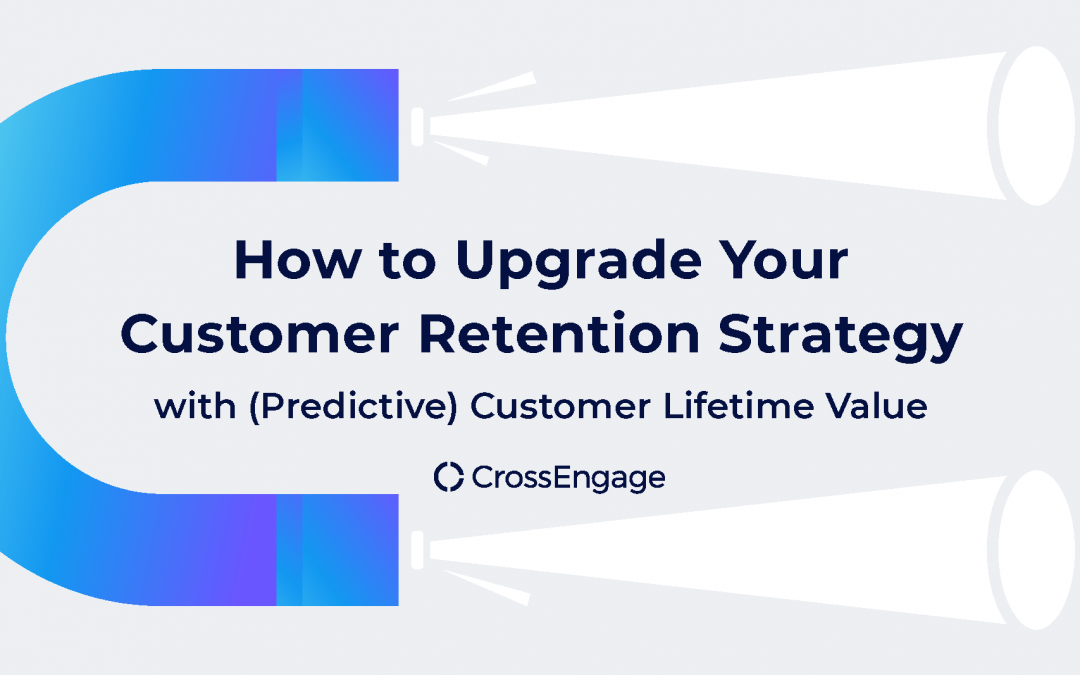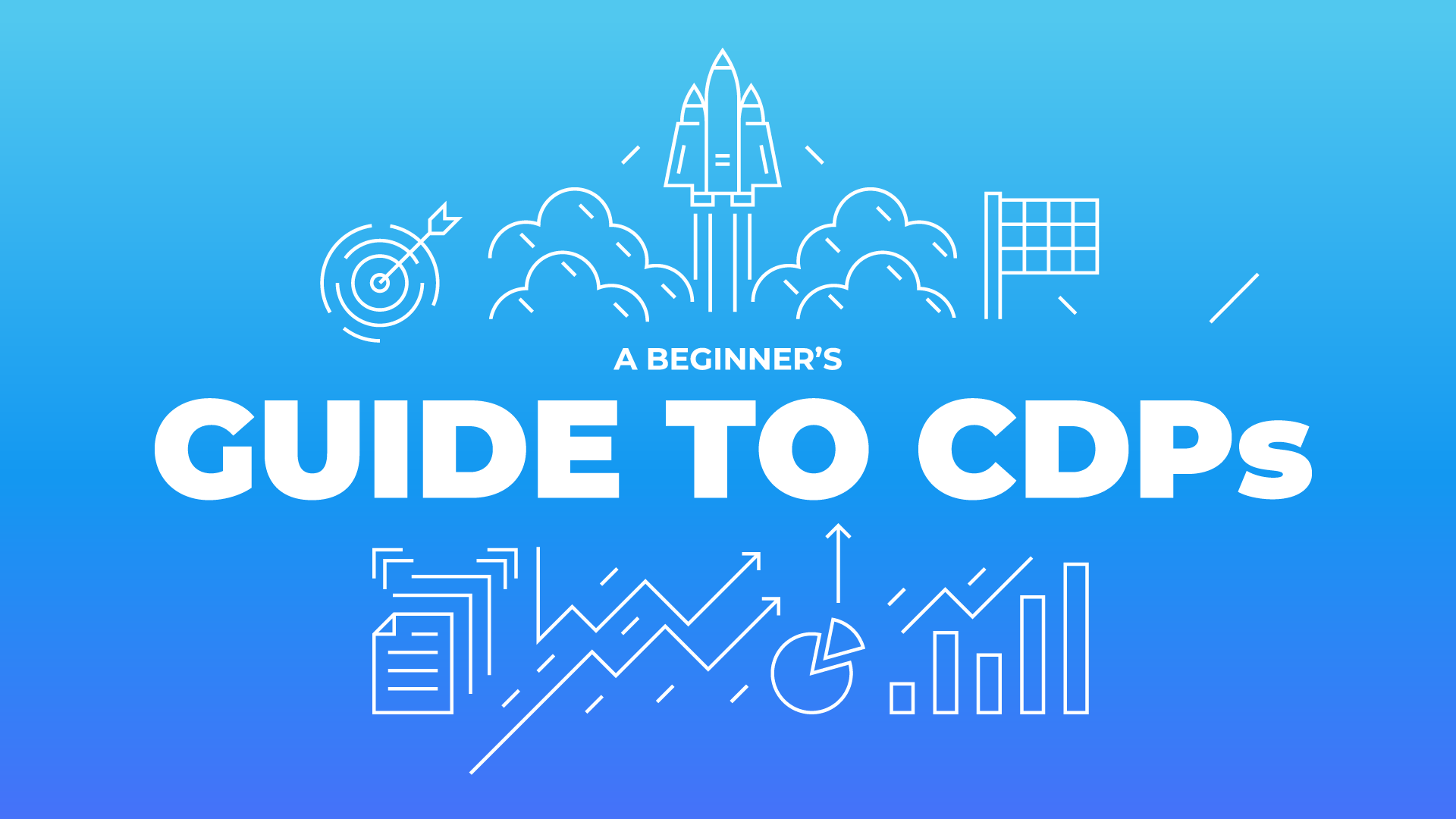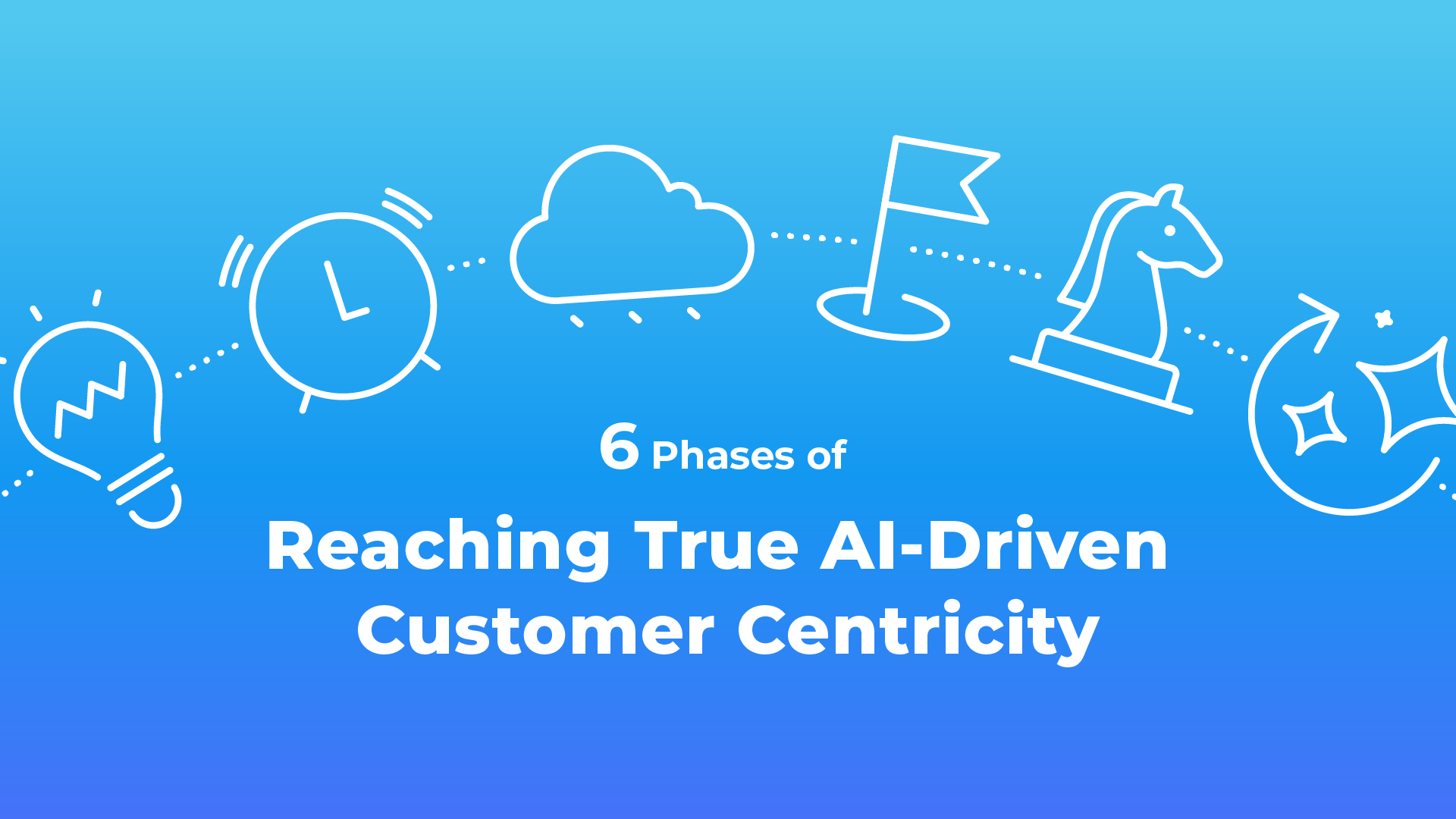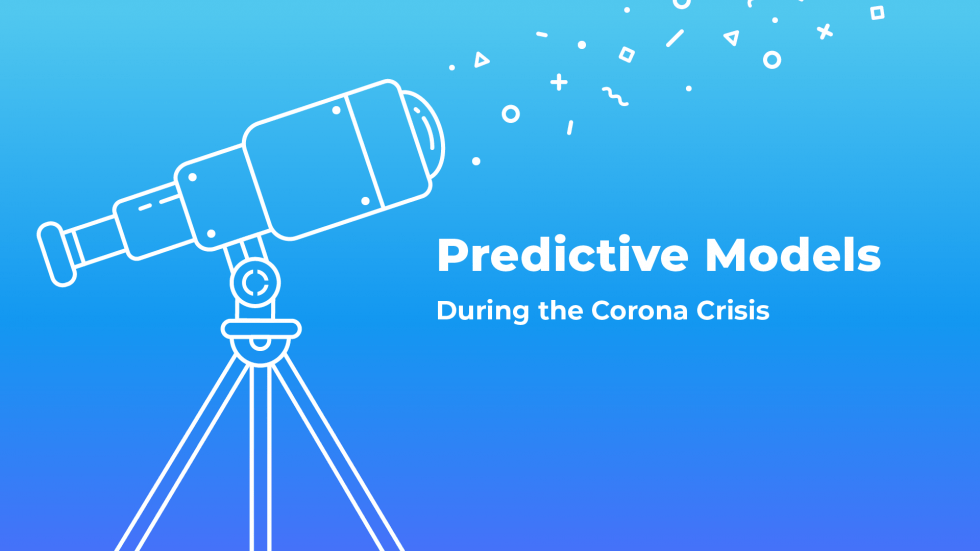Acquisition costs are at an all-time high, and the current economic downturn won’t make things easier anytime soon. Read on to learn about why marketers are shifting their priority away from customer acquisition and focusing instead on their current customers with a no-code customer lifetime value (CLV) prediction engine.
It is estimated that acquiring a new customer costs five times more than keeping an existing one. With the increase in paid social, overall online marketing and acquisition costs, and poor tracking capabilities, brands have to invest in high-quality customer retention practices. One of the key metrics marketers should consider when doing so is the individual predictive CLV of each customer. By doing so, brands can easily calculate the future value of each customer to adapt their customer retention activities accordingly – and this is done based on patterns in the database, calculated using AI.
An Overview of Traditional Customer Valuation Models
To this date, many companies still use backward-looking customer valuation models, such as Recency, Frequency, and Monetary (RFM) scores and ABC analysis. However, the problem with these metrics is that they are kind of arbitrary (e.g. RFM weights) and only operate looking to the past without considering future customer behavior. These old-school methods are not precise or meaningful and do not fit every business model. Just because a customer has recently been purchasing a lot at a high monetary value for a certain time doesn’t mean they will continue doing so forever.
The same happens with traditional CLV metrics: instead of looking at future behaviors, this metric simply multiplies the average order value with average frequency and average lifetime. The result? A prediction that doesn’t consider any variances and doesn’t individually tailor to customers’ needs. For example, let’s say a customer has been purchasing baby food for a whole year and therefore has a high CLV score. Does this mean the customer will be profitable in the future? Most likely not.
Why Is (Predictive) Customer Lifetime Value the Solution?
The concept of traditional customer lifetime value can often be confused with the predictive CLV, which allows brands to calculate not only their customer’s past behavior but also estimate their future actions. Per definition, predictive customer lifetime value is “the net present value of the sum of all future revenues from a customer, less all costs associated with that customer”, says our CMO Dr. Markus Wuebben in his speech, “CRM 2.0” – The Future of B2C Customer Relationship Management Is Now”.
The CLV is an essential metric to consider when customer management needs to be optimized and marketing teams need to stretch their budget and make the most out of it. The customer lifetime value is a game changer for marketers, especially retention managers, who can now make accurate predictions about their customer personas and learn how to better adapt their marketing strategies according to their needs. With predictive CLV, brands can:
- Determine the overall value of their customers,
- Unlock their potential, and
- Calculate the expected revenue they will generate in the long run.
One of the greatest perks of modern Customer Data Platforms (CDP) is allowing brands to get a 360-degree view of their customers to optimize value-based audience management. With help from AI, CDPs gather data from their customer base, compare it within a similar demographic group, and make smart predictions on how they will act in the future. These calculations are among the most used in CRM practices, as they allow brands to tailor their marketing campaigns to the right customer groups in the best way possible.
Modern CDPs, such as CrossEngage, enable brands to build predictive audiences and determine which customer groups will bring more value in the long run. With these AI-powered features, brands can better allocate their marketing budgets and save costs by focusing on targetting the right customers. These key tools allow brands to
- Prioritize target groups with the greatest impact and urgency.
- Centralize all data and provide deeper insights into the CLV, including, but not limited to, the behavior and preferences of target groups.
- Figure out which customers bring more value to the brand based on zero and first-party data.
- Manage customer retention based on predictive CLV to create and maintain long-term, strong customer relationships.
- Easily make predictions with help from no-code predictive model builders and AI.
Maximize Your CLV with a No-Code Predictive Model Builder
Often, companies and organizations lack a clear vision of their customer profiles. They don’t have enough data to learn who their customers are and their preferences. At CrossEngage, we help brands gather customer data, understand its meaning, adjust their marketing activities to maximize customer value, and make the most out of the data.
Strong brands with successful marketing strategies take full advantage of these tools to ensure positive results from their customer retention campaigns. In this context, no-code predictive model builders allow them to identify and segment predictive audiences based on predictive CLV and to know what to expect from them in the future based on patterns in historical data detected by AI. These predictive models are tailored to the necessities of every brand without the need for coding skills or support from data scientists. With such tools, marketing managers companies can
- Build and prioritize intelligent predictive audiences that can be easily activated
- Analyze the behavior of target groups and personalize customer retention activities for each of them based on the latest insights.
- Understand customers’ needs and trace the entire customer journey.
- Create an accurate customer segmentation that will help differentiate which customers are more beneficial for the brand and urgent to approach.
Let’s take a closer look at how these tools actually work:
Overview of how to track customers with our customer data platform
Our no-code predictive model builder
CLV 360 days overview
When using CrossEngage’s no-code predictive model builder, brands can get an analysis of their customer database and have the most up-to-date and informed insights about their customers. With this information, they can set up hypotheses to create a use case that can easily be tested to understand the model’s outcome and its impact on a business.
If you want to learn more about our no-code predictive model builder and how it can help your brand, check out our case study on how CHANNEL21 used our predictive model to make an extra six-figure profit in only two years.
Read on:
Customer Data Platforms: A Beginner’s Guide to CDPs
A Customer Data Platform (CDP) cuts through a company’s data silos by gathering and combining customer data from different sources and channels. The combined data is readily usable for marketing teams without reliance on IT…
Six Phases of Reaching True AI-Driven Customer-Centricity
Customer-centricity is the current mantra of existing customer marketing. Achieving this goal requires massive efforts for companies, especially in the B2C sector and for companies with large customer bases….



